Oregon White Oak Habitat
The thick bark on Oregon white oak makes them resistant to wildfire.
What is an Oregon white oak?
The Oregon white oak, also called Garry oak, is a hardwood tree found from southern British Columbia to northern California. It can live over 400 years, making it important for history and the environment.
This tree is a key part of oak savannas and woodlands, growing well in wet winters and dry summers. It can reach up to 100 feet tall and grows alongside plants like native grasses, wildflowers, and shrubs such as serviceberry and native roses, helping create rich and diverse habitats.
Oregon white oak ecosystems were shaped by regular low-intensity fires, often started by Indigenous peoples. These fires helped culturally important plants like camas grow and controlled other competing plants. The thick bark of the Oregon white oak makes it fire-resistant, allowing it to survive and regrow after these small, controlled fires.
Mature oaks have long provided an abundance of food for both peoples and wildlife of the region.
Why is this tree important?
Oak habitats support many animals and plants, including more than 200 species of mammals, birds, insects, and fungi. However, the oak stands left today are often far apart, making it hard for animals to travel between them and for new oak trees to grow naturally.
With less than 10% of Oregon’s historic oak habitat remaining, and the majority of it is on private land, we are reaching out to private landowners to reconsider the habitat on their property.
Why is oak habitat threatened and what can I do to help?
Oak prairie and woodland ecosystems are some of the most endangered in the Pacific Northwest. Over 90% have been removed for other uses or damaged. Stopping seasonal fires has allowed trees like Douglas fir grow and shade out oak trees. In addition, non-native plants like Scotch broom and Himalayan blackberry have spread into these habitats, crowding out native plants and disrupting the natural balance.
Slow growth, long life
Oregon white oaks grow slowly and live a long time, restoring them takes a lot of time and effort. Clackamas SWCD and partners are working to help landowners manage these ecosystems with support and knowledge.
Replant and protect
Restoring oak habitats involves removing invasive plants, thinning out competing trees, and using controlled burns, clearing, or grazing to recreate natural cycles. It is important to plant new oaks and protect the ones that are already there to keep this species alive.
If you are interested in Oregon white oak restoration on your property, contact us. We would like to help!
Over
90%
of Oregon White Oaks have been damaged or removed
Use the Oregon White Oak Data Viewer
White Oak News
White Oak Resources
| Title | Categories | Link | hf:doc_categories |
|---|


